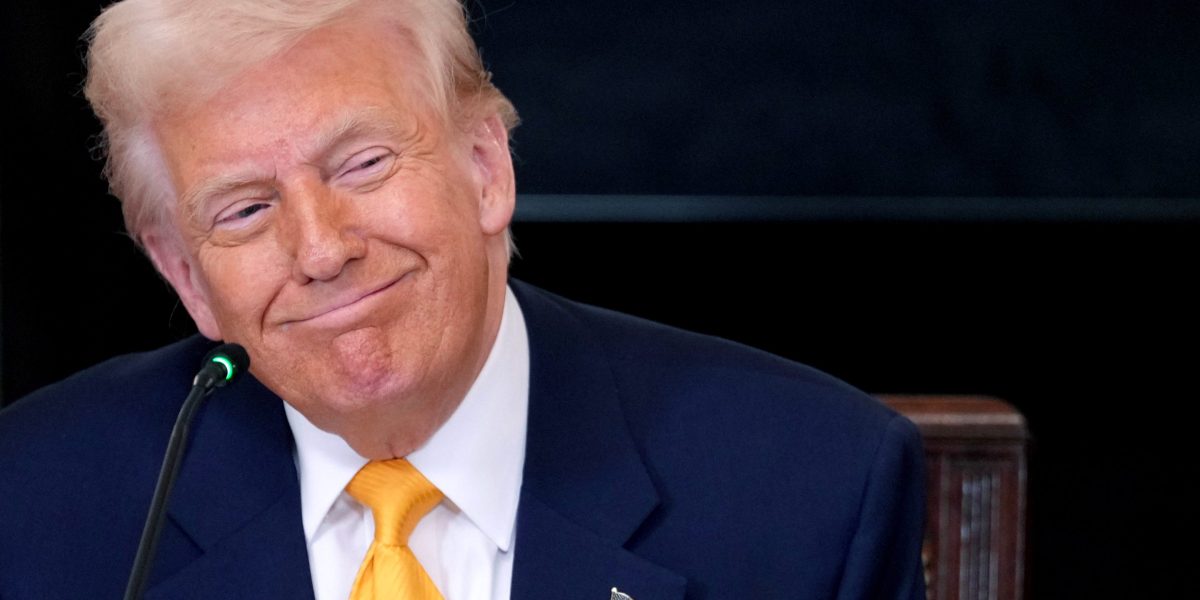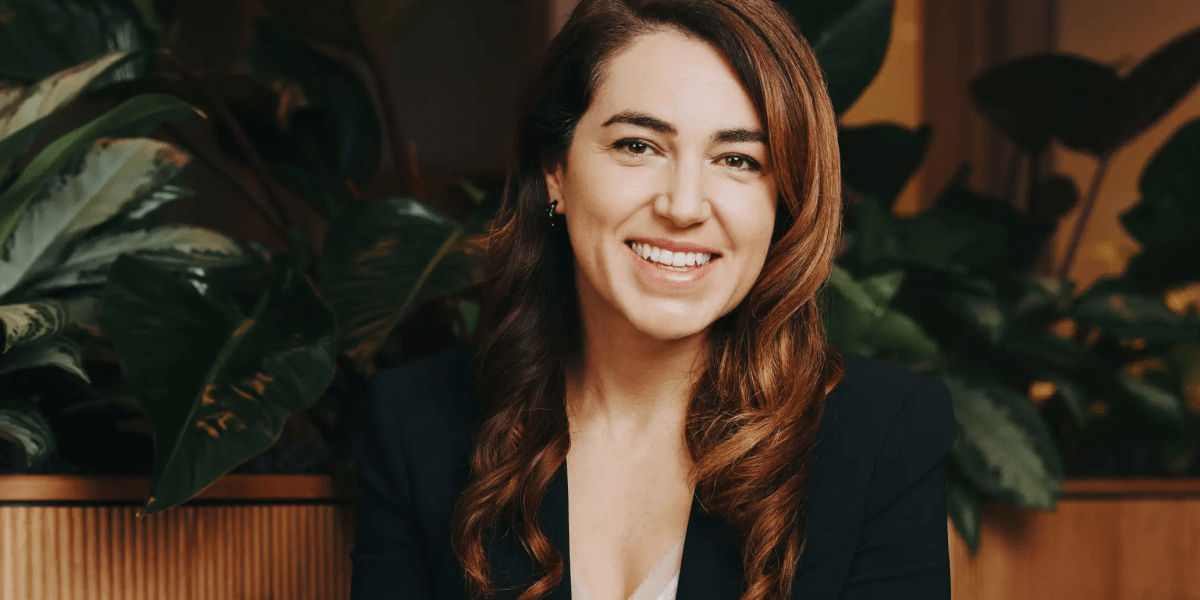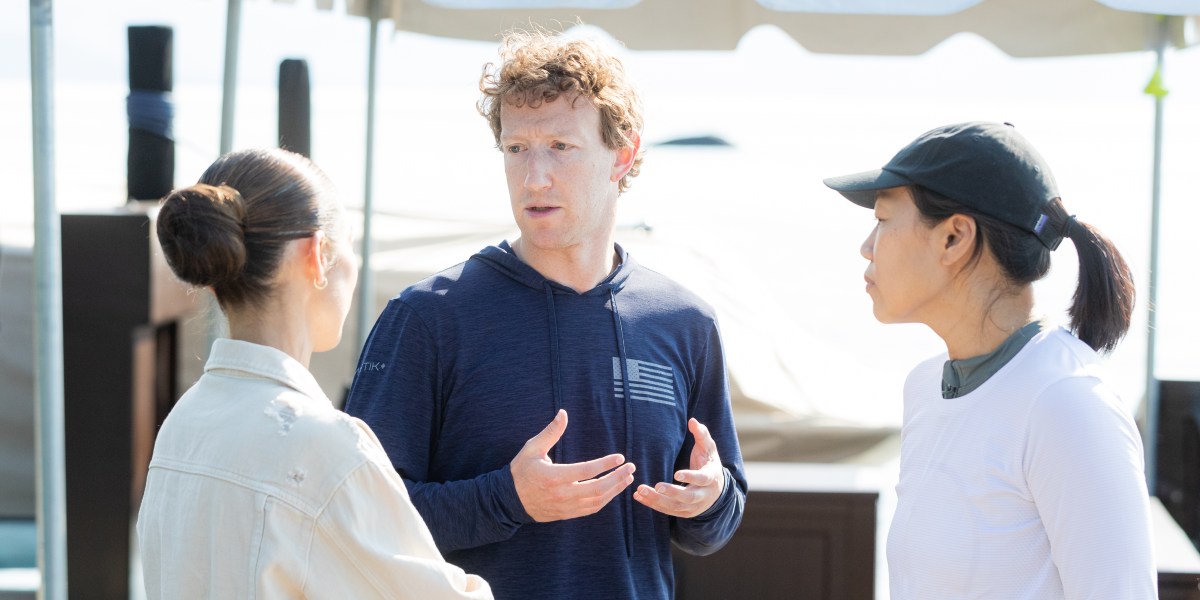President Donald Trump’s personally endorsed memecoin surged over the weekend, despite expectations that its price would tumble as tens of thousands of fresh tokens were released to project insiders.
$Trump, a memecoin launched by Trump in the lead up to his second inauguration, has gained 10% since Friday, when 40 million additional tokens were to be released into circulation. The event, known as a token unlock, was expected to depress the memecoin’s price by increasing its supply but it seems to have had the opposite effect.
Token unlocks are when a group of people—usually project team members, early investors or advisors—receive their allocated tokens for free or at a lower price after a predetermined amount of time and are allowed to sell them. Token unlocks are a way for project founders to guarantee to investors that they won’t do a rug pull—a common scam in which a memecoin project’s team members dump their holdings at once, tanking the token’s price and leaving investors holding the bag.
The tokens that were released last week were allocated to “creators and CIC digital,” according to the token’s website. While the identity of the token’s creators is unclear, CIC Digital is a company known to be affiliated with Trump. As the $330 million worth of tokens were unlocked, investors feared that these holders would immediately try to turn a profit by dumping the tokens into the market.
Despite these concerns, the team has not made any significant sales yet, according to crypto analysis firm Chainalysis. “As of 1 p.m. ET on Monday, Chainalysis hasn’t detected any on-chain actions from the creators of $Trump coins,” the firm told Fortune.
The token team’s perceived commitment to the project has led to increased confidence in the token’s longevity, leading investors to rush back over the weekend, Dylan Bane, an analyst at research firm Messari, told Fortune. “Because the price hasn’t gone down and a large-scale sale has not occurred, the markets might be pricing in the possibility that the Trump team just chooses to hold on to these tokens,” he said.
However, this does not mean that the team behind the token won’t ever sell, Bane added. While there were 200 million tokens released for the launch in January, there are staggered unlocks scheduled every few months until 2028, when the total supply of tokens will reach 1 billion.
“There’s a lot more to be unlocked,” Bane said. “So, if the price goes down, that’s not in the team’s interest since most of their tokens are not unlocked yet.”
Investors’ anxiety with Trump’s memecoin may be justified. The coin’s entry into the market was tumultuous, skyrocketing from $1.21 to $75.35 within its first two days, reaching a total market cap of $14 billion. But the coin’s price began to plummet soon after, and it has lost 90% of its value since Jan. 19. The token’s price now sits at $8.28.
In the aftermath of the launch, investors lost more than $2 billion, according to an analysis by Chainalysis for The New York Times. Meanwhile, Trump-affiliated entities have produced $350 million in revenue from trading fees and selling the token itself, according to an analysis conducted by the Financial Times.
According to the memecoin’s website, two Trump-affiliated entities—CIC Digital and Fight Fight Fight—will own 80% of the 1 billion total $Trump tokens once they are all unlocked in 2028. That would mean, at its current price, Trump’s team stands to walk away from the project with a profit in the billions of dollars.
It’s unclear how much of the token Trump and his family own directly, if at all.
This story was originally featured on Fortune.com
Source link

 Entertainment8 years ago
Entertainment8 years ago
 Politics8 years ago
Politics8 years ago
 Entertainment8 years ago
Entertainment8 years ago
 Entertainment8 years ago
Entertainment8 years ago
 Tech8 years ago
Tech8 years ago
 Tech8 years ago
Tech8 years ago
 Tech8 years ago
Tech8 years ago
 Politics8 years ago
Politics8 years ago







